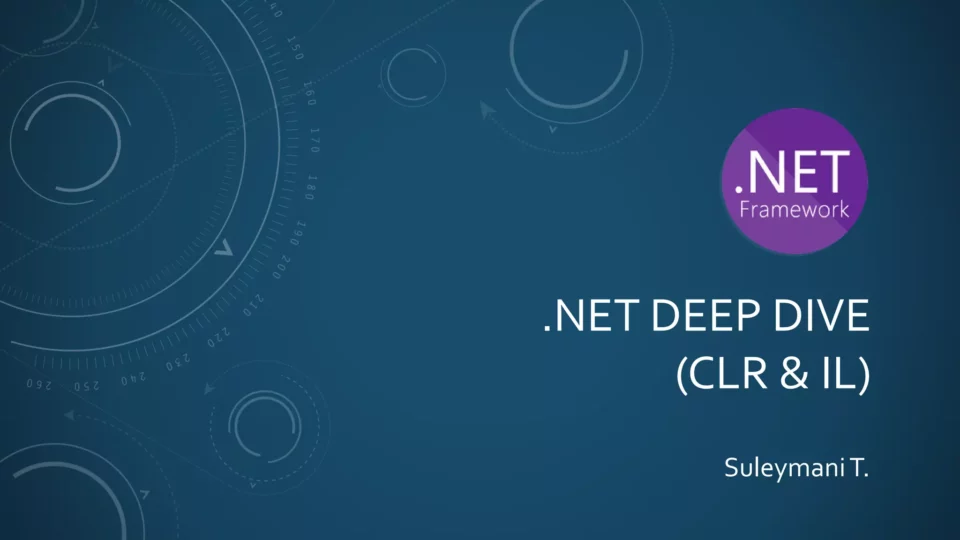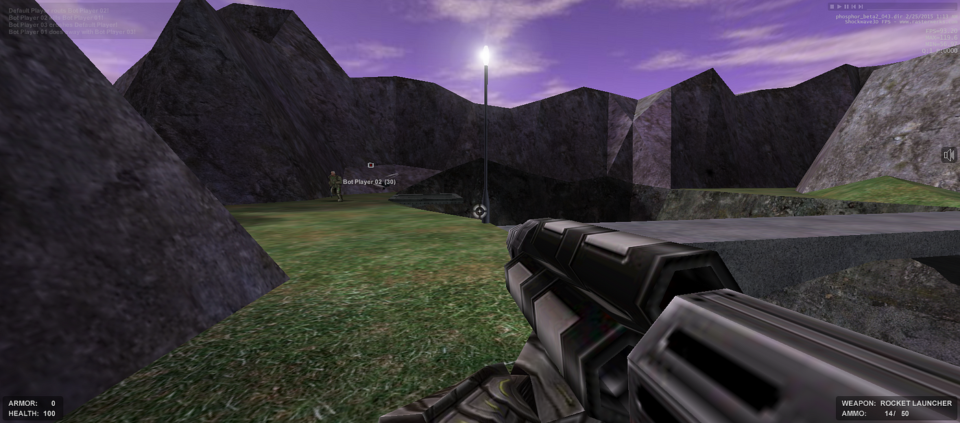Introduction
In the realm of interactive multimedia, Adobe Shockwave Player has long been a cornerstone tool for delivering captivating experiences to users across the web. However, despite its widespread use, many are still uncertain about its exact role and significance. In this article, we aim to demystify Adobe Shockwave Player by delving into its functions, its impact on interactive multimedia, and its relevance in today’s digital landscape.
What is Adobe Shockwave Player?
Adobe Shockwave Player, developed by Adobe Systems, is a browser plugin that enables the playback of interactive multimedia content created using Adobe Director. Originally released in the mid-1990s, Shockwave quickly gained popularity for its ability to deliver rich, dynamic experiences ranging from games and simulations to interactive presentations and educational content.
Understanding its Role in Interactive Multimedia Experiences
At its core, Adobe Shockwave Player serves as a runtime environment for multimedia applications built with Adobe Director. These applications often incorporate a combination of graphics, animations, audio, and interactivity, allowing users to engage with content in a more immersive way than static web pages or traditional media formats.
One of the key strengths of Shockwave lies in its support for complex scripting and interactivity. Developers can use a powerful scripting language called Lingo to create sophisticated interactions and behaviors within their multimedia projects. This flexibility has made Shockwave a preferred choice for creating interactive games, educational simulations, and multimedia presentations that go beyond simple animations.
Moreover, Shockwave’s ability to handle large media assets and complex animations sets it apart from other web technologies of its time. This capability paved the way for the development of visually stunning and highly interactive content that pushed the boundaries of what was possible on the web.
Relevance in Today’s Digital Landscape
In recent years, the landscape of web technologies has evolved rapidly, with newer standards such as HTML5, CSS3, and WebGL gaining prominence. These technologies offer native support for multimedia features previously reliant on plugins like Shockwave.
As a result, the use of Adobe Shockwave Player has declined significantly, with Adobe officially discontinuing its support and development in 2019. Modern web browsers have also phased out support for Shockwave, further limiting its accessibility and usage.
However, despite its waning relevance, Adobe Shockwave Player still holds nostalgic value for many who grew up experiencing its interactive content during the early days of the internet. Additionally, some legacy applications and websites may still rely on Shockwave for compatibility reasons, although efforts to migrate away from it are underway.
Conclusion
While Adobe Shockwave Player may no longer be at the forefront of interactive multimedia technology, its legacy continues to influence the way we create and experience content on the web. Understanding its role in the evolution of digital media provides valuable insights into the ongoing quest for more engaging and immersive user experiences.
As we bid farewell to Shockwave and embrace newer technologies, let us remember the impact it had on shaping the interactive web of yesteryears, and the lessons it leaves behind as we forge ahead into an ever-evolving digital future.









